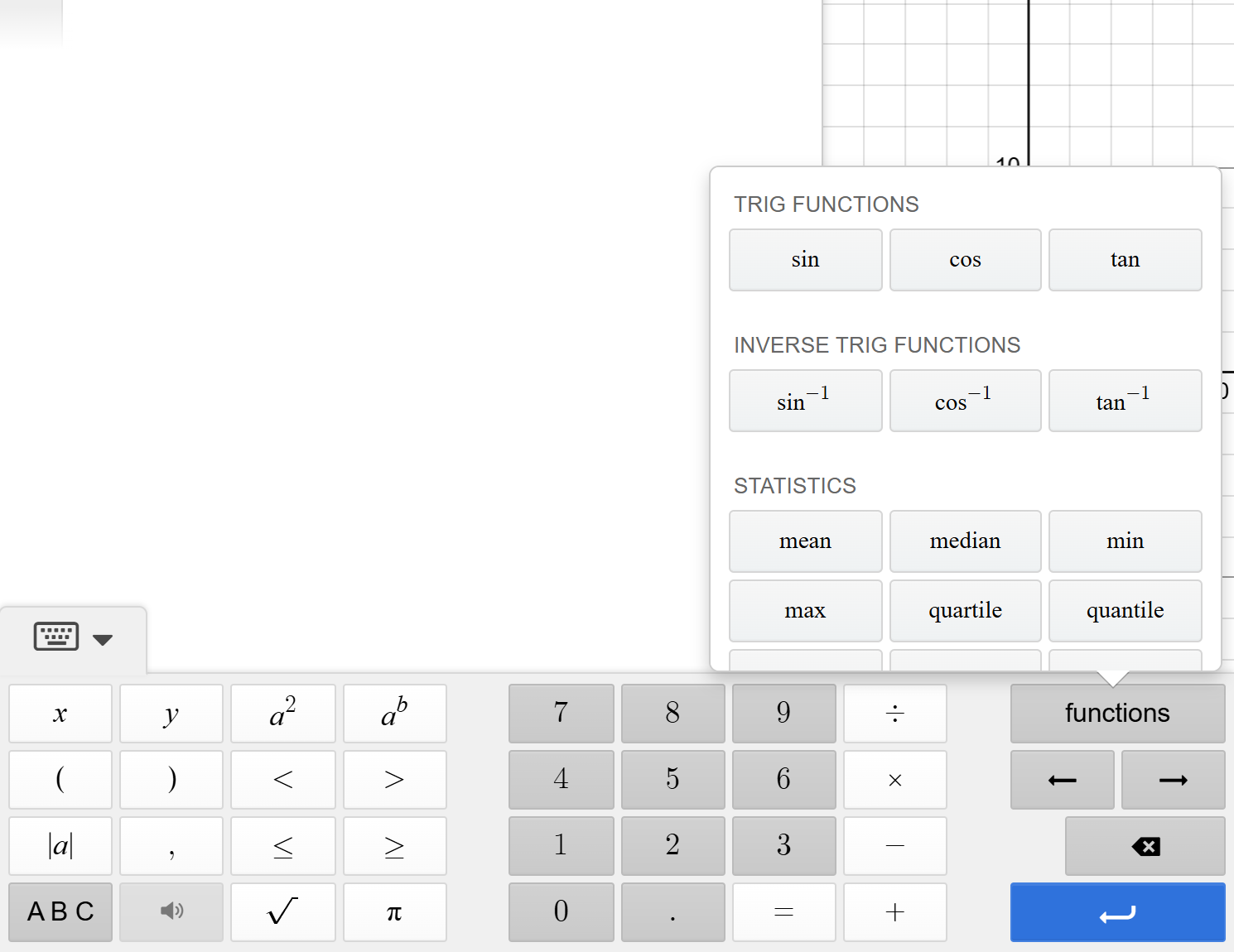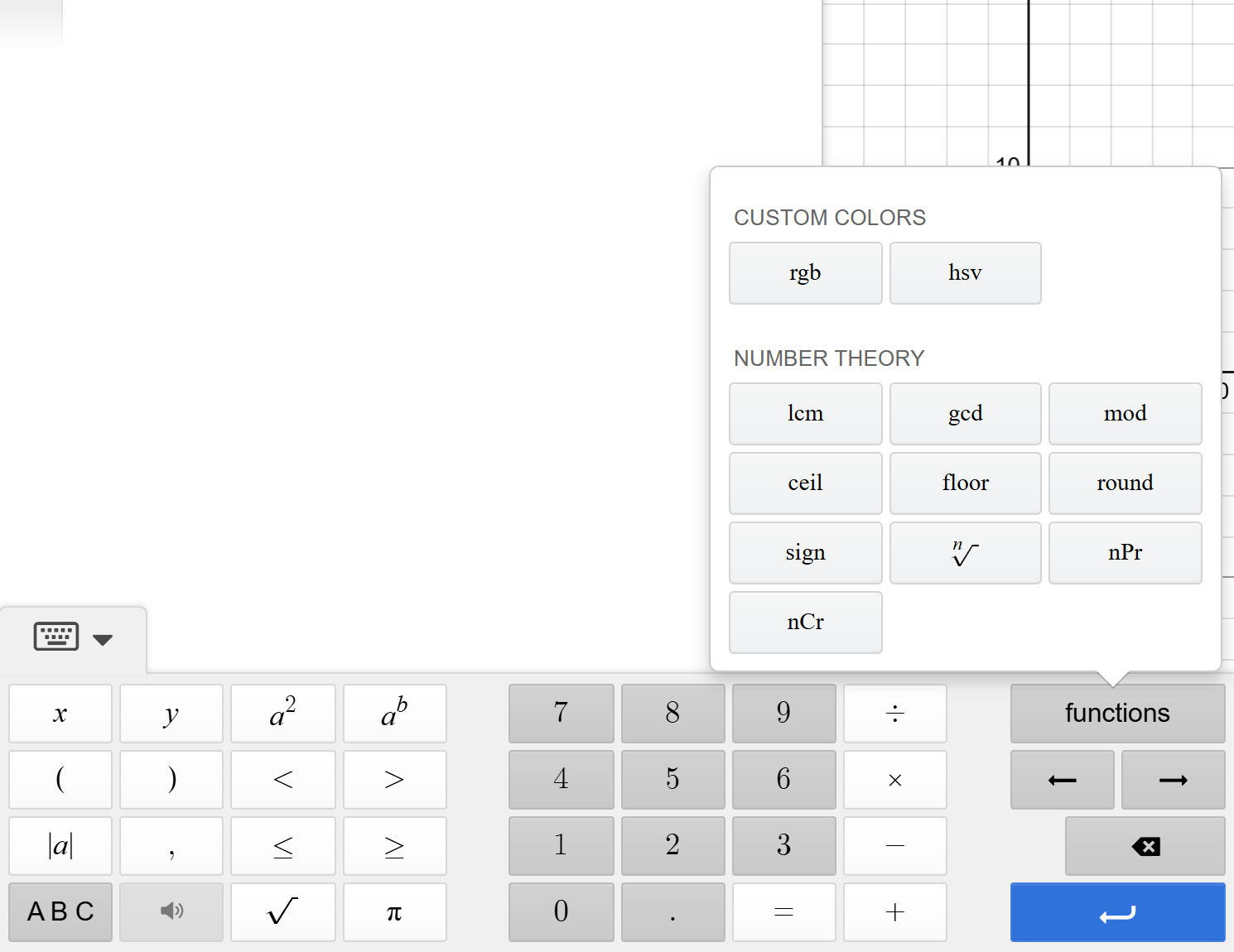7.08 Permutations and combinations
Fundamental counting principle
Exploration
Suppose you have enrolled in the courses that are required to complete your diploma, but there is room in your schedule for three more courses. You can choose the courses you want, but you must choose three. Suppose you have narrowed down your choices and organized them by category, and you plan to choose one from each category:
Math course: Trigonometry or Precalculus
Science course: Chemistry or Anatomy & Physiology
Other: Choir, Weight Lifting I, Woodworking, Drama, French I
How many different ways could you choose three courses? Explain your process for finding the answer.
Let's consider another scenario where we are building ice cream sundaes. We are given the following choices and can choose only one from each category.
Ice cream types: vanilla, chocolate, or strawberry
Toppings: cherries, sprinkles, cookie crumbles, or peanuts
Sauces: hot fudge or caramel
We can draw a tree diagram to represent all of the possible choices.
From the last set of branches in the tree diagram, we can count a total of 24 different ways the ice cream sundaes can be created. We can also see from the tree diagram that we could have calculated the number of possible sundaes by multiplying 3\cdot 2 \cdot 4 = 24. This is an example of the fundamental counting principle.
This essentially means, if we know the number of ways each decision can be made, we can multiply those numbers together to find the total number of ways all of the decisions can be made.
Examples
Example 1
Tyson's mom is buying a brand new car, and she asked him to help her make a final decision. She has narrowed down her options for the manufacturer, type of car, color, and type of seats to the following:
Ford or GM
Sedan, minivan, pickup truck, SUV
Black, silver, red
Leather seats or fabric seats
Determine the number of unique car choices from the options above.
Example 2
Suppose you have the digits 1,\,3,\,4,\,7,\,8,\,9. How many 3-digit odd numbers which are greater than 200 can be made without repeating digits?
To find the number of ways multiple events can happen, we use the fundamental counting principle by multiplying together the number of ways each event can happen.
Permutations
When we're calculating the number of possibilities for events, sometimes the order in which we make our choices makes a difference in how we calculate the possibilities. For example, consider the letters A, B, C, D, and E. We want to see how many different ways we can select and arrange a set of 3 letters.
\dfrac{}{1\text{st letter}}\text{ }\dfrac{}{2\text{nd letter}}\text{ }\dfrac{}{3\text{rd letter}}
For each position, we write down how many possible choices we have. For the 1st position, we can choose any of the 5 letters: A, B, C, D, or E.
\dfrac{5}{1\text{st letter}}\text{ }\dfrac{}{2\text{nd letter}}\text{ }\dfrac{}{3\text{rd letter}}
We also write down how many possible choices we have for the 2nd position. Because we had 5 letters to start with, and we will have already selected one to go in the 1st position, there are 4 options left for the letter that goes in this next position.
\dfrac{5}{1\text{st letter}}\text{ }\dfrac{4}{2\text{nd letter}}\text{ }\dfrac{}{3\text{rd letter}}
For the last position, we will have already picked 2 of the 5 letters for the first and second positions, so there are only 3 letters left to choose from.
\dfrac{5}{1\text{st letter}}\text{ }\dfrac{4}{2\text{nd letter}}\text{ }\dfrac{3}{3\text{rd letter}}
By the fundamental counting principle, we multiply these together to determine there are {5\cdot 4\cdot 3=60} possible ways to arrange 3 letters. We call a situation like this, when we calculate the number of different ways a certain number of objects can be arranged from a larger set, a permutation.
When calculating a permutation, the order the objects are chosen matters, so the number of ways the event can happen has a decreasing numerical pattern. There may be 4 ways the first event can happen, then 3 ways the second event can happen, 2 ways the third event can happen, and only 1 way for the final event.
Mathematicians have created a shorthand notation to account for this pattern, called a factorial. A factorial, denoted by n!, is the product of the first n positive integers. It is calculated by multiplying n by every positive integer less than n all the way down to 1. That is:
An important property of factorial notation is 0!=1. This property makes it possible to perform more complex calculations. Calculators and computers can evaluate factorials to help us calculate them efficiently.
A permutation is an important application of the fundamental counting principle. We calculate a permutation using the formula:
To calculate permutations using technology, the Desmos calculator can be used:
- Click the keyboard icon

- Click the 'functions' button to show the functions menu

- Scroll to the bottom of the list of functions, to the 'Number Theory' section and click \text{}_{n} P_{r}

- In the parentheses, enter the number for n followed by a comma and then the number for r. The number of permutations will appear in the input box next to the equal sign.

We can also simply type nPr in the input box followed by an open parenthesis. This will call the same function as long as the P is typed as a capital letter. This calculation shows that \text{}_{5} P_{4}=120.
Examples
Example 3
Suppose we need to choose a 4-digit passcode for our phones. We can use any number from 0–9, but we can only use a number once. Determine the number of passcodes possible.
Example 4
For each of the following scenarios, determine if a permutation would be an appropriate method for finding the total number of ways to select the objects.
A local pizza place is offering a special on a large pizza with 3 toppings of your choice. They have a total of 9 pizza toppings to choose from.
Students need to elect a new president, vice president, and secretary for their school's student council. There are 14 students running for any position within the student council.
Ariana has 7 bottles of nail polish, and she wants to choose 2 different colors for her nails. She wants each nail to be half one color and half the other color.
Example 5
Users of a website are required to create a unique PIN ID consisting of 5 characters, and they can be arranged in any order they choose.
Alicia wants to use her two favorite letters, \text{Z} and \text{S}, and her three favorite digits, 7, 8 and 2.
How many unique PIN IDs can she create if the letters and digits can appear in any particular order (and no character can be repeated)?
How many PIN IDs can she create if the two letters are followed by the three digits (and no characters can be repeated)?
Example 6
Suppose that 8 people enter a room and randomly stand in a line along the back wall. Find the probability that they stand from tallest to shortest, left to right.
We use a permutation to find the number of ways in which a set of r objects can be ordered or arranged from a set of n objects.
Permutations can also be used to calculate probabilities.
Combinations
Exploration
A store has notebooks that come in 6 different colors. You need 3 new notebooks for various classes, and you want them to be different colors to easily distinguish between them.
How many different color combinations can you make with the 3 notebooks you choose? Explain your process.
Why is this answer different from the answer you would get if you had used the permutation formula?
In the scenario of choosing 3 different colored notebooks from 6 color options, we can determine the total number of ways to order 3 textbooks from 6 color choices by using the permutation formula.
| \displaystyle {}_6P_3 | \displaystyle = | \displaystyle \dfrac{6!}{(6-3)!} |
| \displaystyle = | \displaystyle \dfrac{6!}{3!} | |
| \displaystyle = | \displaystyle \dfrac{6\cdot5\cdot4\cdot3\cdot2\cdot1}{3\cdot2\cdot1} | |
| \displaystyle = | \displaystyle 6\cdot5\cdot4 | |
| \displaystyle = | \displaystyle 120 |
There are 120 different color combinations of notebooks we can create when the order matters. However, in the context of this situation, the order in which we choose the notebooks does not matter because a set of yellow, green, and blue notebooks is the same set of notebooks, regardless of order. Considering just 3 possible colors:
\begin{aligned}\text{Yellow Green Blue }\text{ }\text{ Yellow Blue Green}\\ \text{Green Blue Yellow }\text{ }\text{ Green Yellow Blue}\\ \text{Blue Green Yellow }\text{ }\text{ Blue Yellow Green}\end{aligned}
We can see that the 3 colors are repeated 3\cdot2\cdot1=6 times. We can remove these repeated possibilities by dividing it from our total. In other words, we need to divide the permutation formula by r! where r is the number of objects we are choosing. This process can be generalized into the formula we use to find combinations.
For combinations, the notation \binom{n}{r} may also be used, and we can read it as "n choose r".
To calculate combinations using technology, the Desmos calculator can be used:
- Click the keyboard icon

- Click the 'functions' button to show the functions menu

- Scroll to the bottom of the list of functions, to the 'Number Theory' section and click \text{}_{n} C_{r}

- In the parentheses, enter the number for n followed by a comma and then the number for r. The number of combinations will appear in the input box next to the equal sign.

We can also simply type nCr in the input box followed by an open parenthesis. This will call the same function as long as the C is typed as a capital letter. This calculation shows that \text{}_{11} C_{3}=165.
Examples
Example 7
For each of the following scenarios, use either a permutation, a combination, or the counting principle to solve the problem.
There are 10 parts in a school play, and 10 students auditioned for the play. How many ways can the parts be assigned to the students?
Suppose 7 people enter a marathon. Assuming there are no ties, determine the number of ways a gold, silver, and bronze medal could be awarded.
A bakery has a selection of 10 different cupcakes, 8 different donuts, and 6 different muffins. If you want to buy one of each, how many different choices do you have?
The manager of a company wants to create a group of 5 people from his 20 employees. How many different groups are possible?
Example 8
Evaluate each expression:
_{12}P_{8}
_{14}C_{5}
Example 9
4 letters are chosen at random from the word TRAMPOLINE. Find the number of ways to choose the letters such that the selection includes exactly 2 vowels.
Example 10
A box contains 6 pens of different colors: red, green, blue, yellow, black and white. Three pens are drawn at random without replacement.
Determine the total number of possible selections.
Determine the probability of choosing the green, black, and red pens.
Suppose the three pens are being placed in a specific order as they are chosen. How many different arrangements of 3 pens can be made?
Compare the answers to parts (a) and (c).
We use combinations to find the number of ways r objects can be chosen from n objects when the order in which we choose them does not matter.




